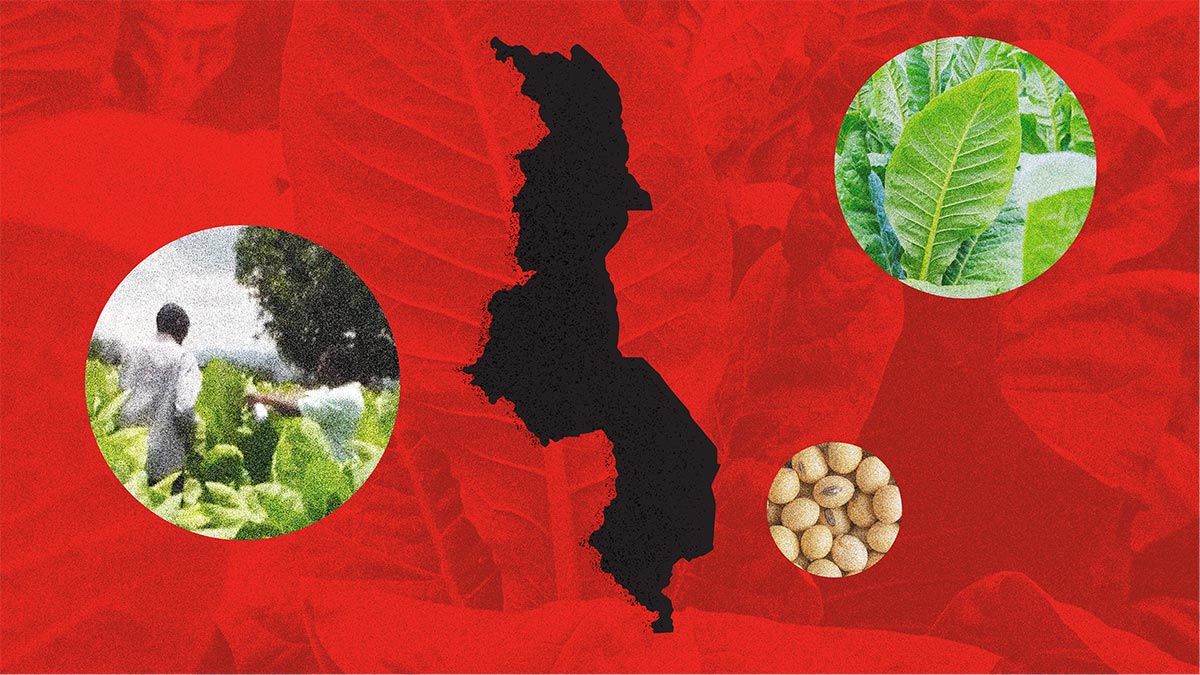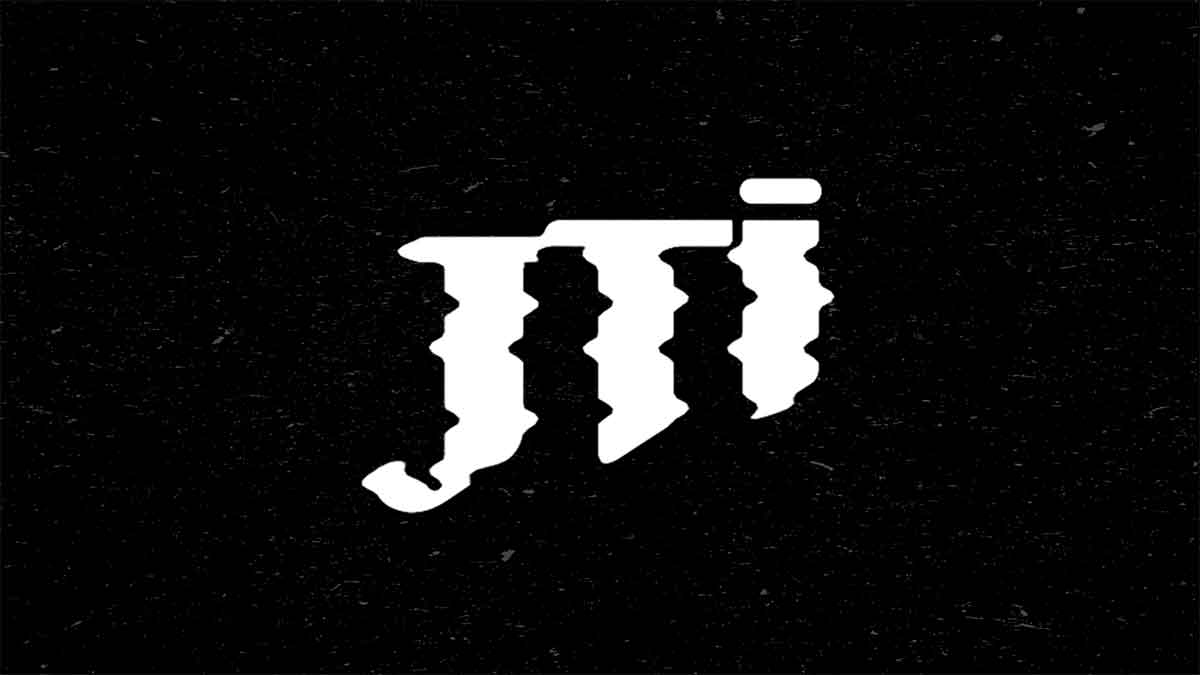- Resources
- News
-
-
Get Email Updates
Sign up for STOP's emails and never miss an update on our latest work and the tobacco industry's activity.
-
Get Funding
Ready to tackle industry interference? You could be eligible for a grant.
-
Share a Tip
Do you have information on tobacco industry misconduct in your country? Let us know.
-
Get Email Updates

Where do cigarettes come from?
The farms the tobacco is grown on? The factories that transform the tobacco into the products we see on store shelves? The corner store that sells them? The pack they come in?
All are correct answers. Each of these is a step in the supply chain that transforms tobacco from seed to cigarette butt. And there are even more steps in between these. A great number of parties are involved—some are small, local operations, while others are huge multinational corporations. To add to the complexity, tobacco is often moved internationally between steps.
The takeaway: The tobacco supply chain is huge and complex. But understanding it is vital to advancing tobacco control measures and reducing the harms the tobacco industry causes.
The shallow dive
Looking at it from a bird’s eye view, the supply chain looks like this:
- Agriculture – Growing tobacco on farms
- Logistics – Getting tobacco from farms to where it can be processed
- Primary processing – Sorting, stemming, redrying, blending and adding flavors and dyes
- More logistics – Getting tobacco to manufacturers that do secondary processing
- Secondary processing – Making filters, flavor capsules, paper, packaging and more, and ultimately manufacturing the final products that are sold to consumers
- Even more logistics – Using transport, distribution and wholesalers to get finished products to retail settings where people can buy them
- Retail and marketing – Selling packaged products like cigarettes, cigars, bidis, oral tobacco and more
- Use and disposal – Smoking or using the tobacco products, then throwing them and their packaging out
Tobacco not only causes harm when it is smoked, the tobacco industry can cause damage in nearly every one of these steps. For example:
- Growing tobacco perpetuates the use of child labor and causes massive environmental degradation.
- Toward the beginning of the COVID-19 pandemic, farm and factory workers’ health and safety were jeopardized.
- Cigarette manufacturing requires paper, filters and cardboard packaging. The paper and pulp industry is one of the most polluting industries globally and contributes to deforestation.
- At the retail and marketing step, multiple instances of youth targeting have been reported.
- Even the last step is immensely harmful: Cigarette butts are the most littered item on the planet and cause damage to waterways and wildlife.
The deeper dive
A powerful new tool can help researchers and advocates monitor where transgressions like these may be occurring, and who might be involved. The Tobacco Supply Chain database, developed by the Tobacco Control Research Group (TCRG, a partner in STOP) and hosted on Tobacco Tactics, provides an interactive and understandable way to see each step of the supply chain, what form tobacco takes in each step and which types of entities are involved.
Want to dive even deeper? Search for companies involved in each step and see where they’re located. Country-specific pages can also show which companies operate in a given location, alongside helpful statistics on imports and exports of tobacco from raw tobacco to manufactured products. These pages also include information on the consequences of tobacco use, annual deaths attributed to smoking and cigarette tax information.
Find out more about the database, watch a short video on how to use it and see case studies of example searches all on the TCRG website.
Holding the tobacco industry accountable
There’s so much of the tobacco supply chain that the general public can’t see, and that’s to the tobacco industry’s benefit. If each step in the supply chain isn’t being monitored for malfeasance, unethical or even unlawful behavior might occur, adding to the known harms caused by the industry.
When monitoring can take place, researchers can identify trends or raise concerns about potentially unethical behavior and ultimately help hold the appropriate parties accountable. A thorough understanding of the supply chain can also prompt policymakers to implement policies that cover tobacco control gaps that might exist throughout the supply chain.
Have you spotted misconduct at any step of the supply chain? Let STOP know. Together, we can help hold the industry accountable.


